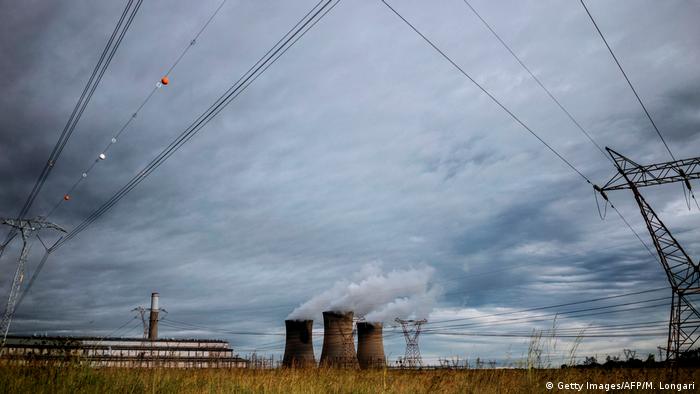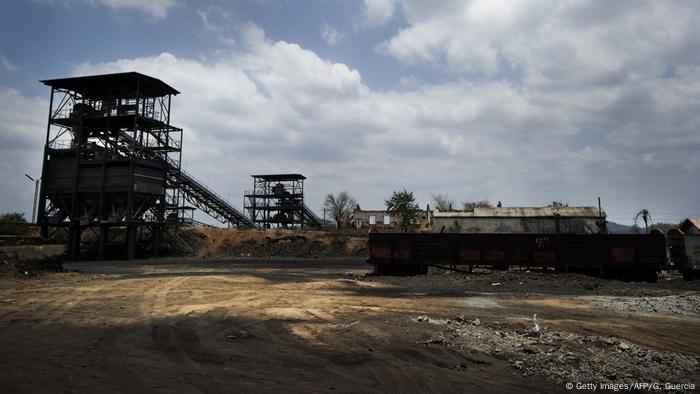Opinion: It took a sea and land journey to prove to scientists they were wrong about physics
Opinion by Don Lincoln 1 day ago
In 2013, a load of precious cargo was put on a barge and transported from the Smith Point Marina on Long Island, down the east coast of the US and up the Mississippi River and its tributaries. When the barge got close to Chicago, the freight was transferred to a flatbed tractor trailer and driven the rest of the way to its destination just west of the Windy City. It was a 50-foot-wide load, so the truck only drove at night.

What was this precious cargo? A scientific instrument that researchers hoped would shed new light on the field of physics once it reached its new home in a new lab.
Eight years later, this equipment has done just that. On Wednesday, a scientific measurement, recorded by this apparatus, was publicly released. This may not sound like much, but this single measurement tells scientists that their theory about what is called the standard model of particle physics is incomplete -- and has to be rethought.
As counterintuitive as it may seem, this is not bad news. The purpose of science is to seek truth. With this goal in mind, researchers are constantly returning to their data and checking to see if measurements and theories agree or disagree. While agreement is always satisfying, it's in the disagreement that progress is made. When a theory is shown to predict something other than what a valid measurement has revealed, scientists rethink their theory and adjust it.
The standard model of particle physics, at the center of this news, explains the world of atoms and smaller things, and it was developed in the 1960s and 1970s. It has been universally accepted in the scientific world as being the most accurate subatomic theory devised so far. But that venerable model could well need to be changed because of this new measurement, which gives us reason to believe that the standard model is incomplete.
What the standard model predicts -- and what this new measurement assesses -- are the magnetic properties of an ephemeral subatomic particle called a muon, which is very similar to the familiar electron, but with some differences. Muons are about 200 times heavier than electrons and they decay in a little over a millionth of a second. Otherwise, electrons and muons have a lot in common.
They both, for instance, have electric charge and they spin. A spinning electric charge becomes a magnet. And if you generate a magnetic field and put a spinning charge in it, the charge precesses like a top does, tracing out a circle with its tip while it spins.
Scientists can use accepted laws of physics to predict just how fast the muon should precess. So, over two decades ago, researchers working at the Brookhaven National Laboratory on Long Island, New York, conducted what is called the Muon g-2 (gee minus two) experiment.
These scientists measured how fast the muon actually precesses and the prediction from the standard model and measurement disagreed. When data and theory disagree, one (or both) of them, must be wrong. And if the theory is wrong, that's because scientists overlooked something when they crafted it.
To give a practical example, introductory physics says that a thrown baseball will follow a perfect parabolic arc. However, that prediction ignores real world air resistance and thus the simple prediction and the actual path of the baseball disagree. In order to be accurate, the theory must be expanded to include the effects due to air drag.
The disagreement between measured and predicted precession properties of muons could have meant that our best understanding of the subatomic world is overlooking something. Or it could have meant that the original experiment was flawed in some way. A second and hopefully more precise measurement was needed.
However, the equipment at Brookhaven had been pushed to its limit. A more precise measurement required that another laboratory get involved. Enter Fermilab, America's flagship particle physics laboratory, located just west of Chicago. (Full disclosure: I am a Fermilab scientist but am not involved with the g-2 research effort.)
So, the g-2 experimental equipment -- a ring of magnets in the shape of a hula hoop, 50 feet across and 6 feet high -- took that long trip by boat and truck from Long Island to Fermilab, just outside of Chicago.
Fermilab researchers combined the g-2 measuring device with Fermilab's more powerful muon beams and repeated the measurement. And they just released their first experimental results. Not only do the prediction and new and improved measurement of the magnetic properties of muons still disagree, but the increased precision is even more suggestive that there is something important being overlooked in the standard model theory.
And the researchers aren't done. The recently released measurement is based on only about 6% of the total expected data. The scientists are reporting on this small fraction of the data because they are still recording and validating the rest. When the rest is available, carefully vetted, and published, it will vastly improve the precision of the final measurement. It is likely that the measurement using the entire data set will prove without a doubt that the best theory scientists have for the subatomic world -- one that has been tested and validated for over half a century -- is incomplete and will need recrafting.
Truthfully, this is why I love science so much. It's never complete. It's never absolute. It's always open to new data and new ideas. It is constantly being challenged and tested by people who know it best. And sometimes measurements are made that tell the experts that the theory that they've known for years needs to be revisited. The recently released results are one such measurement.
When you recognize that discovering truth is more important than proving yourself right, you realize that being wrong teaches you something new. And if you accept and embrace that newness, you have a much better chance of actually being right. That's what science is all about.



a person that is standing in the grass:













